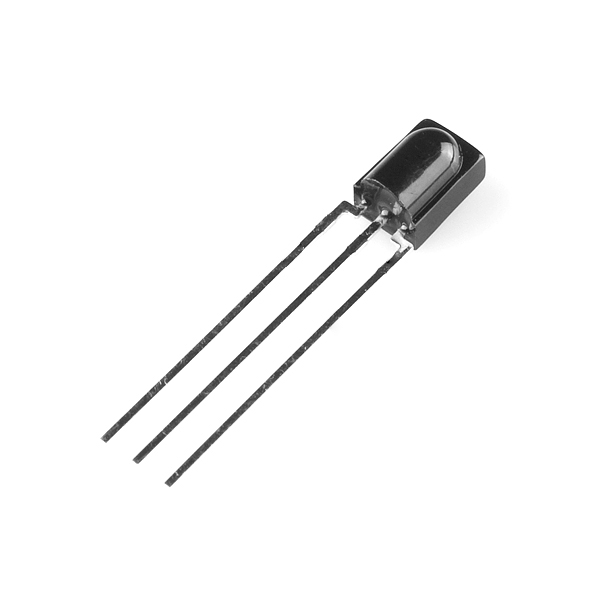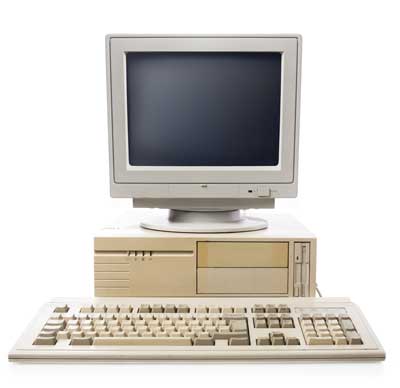Computer History - Power, Cost & Latency
Today we are surrounded by Computers and Smartphones. From Checking the notification of Whatsapp to Gaming console there is not a day that passes without Computers or Smartphones. Today large number of person own a smartphone or a PC(Personal Computer). According to Statista around 2.71 billion people use smartphones and around 1333.45 millions people have installed Computers in their workstation. From NASA & ISRO to our very own laptops, we all use this device everywhere. Computers served us by easing our workload, doing calculations, simulations, weather forecasting, automation in industries, managing and operating Airports and Satelites etc. But where and when did it all started? How computers are changing our lives from the past? and How is it going to change our Future in the next Decades or Centuries?
So, lets have a look in the brief History of computers...........
History of Computers:-
There is no proper categories of Computers but experts divided Computers in Generations. Each gen. served their purpose and the next gen.s were the improved and developed versions of themselves which solved previous critical problems.
 |
| ENIAC |
- 1st Generation (1940-1956): First generation of computers came to surface during the time of 2nd World War. It used to cover a large area and work on Vacuum Tubes. The Computer systems used vacuum tubes for circuitry and magnetic drums for memory. They were enormous in size as stated previously.They consumed a lot of power and money as vacuum tubes and memory units were expensive to operate. Their maintenance also required supervision. They generated a lot of heat that the circuits caused malfunctions. UNIVAC & ENIAC are the examples of 1st generation computers used in 1951 in U.S. census Bureau.
- 2nd Generation (1953-1965):
Second generation computers are also called Transistor Computers.This generation of computers used transistors instead of Vacuum tubes and Magnetic Core memory which reduced the size of computers as well as power and cost consumption. A transistor basically is a semi-conductor device capable of amplification and rectification of electric signals. First operational Transistor computer was experimentally used by University of Massachusetts in November, 1953. The 1955 machine had a total of 200 transistors and 1300 point diodes, which resulted in a power consumption of 150 watts, lot less than computers with vacuum tubes. Computers used Assembly Language and high-level languages like FORTRAN, COBOL. They used batch processing and multiprogramming OS. Harwell CADET and IBM 1620 are the examples of 2nd generation computers.
Transistor - 3rd Generation (1953-1965):
 |
| IC |
- more reliable than other 2 generations
- smaller size
- less heat generation
- AC required for cooling
- costly
- consumes less electricity
- high-level language support
4.4th Generation(1971-1980):
The computers of 4th generation used VLSI(Very Large Scale Integrated) circuits. VLSI circuits having 5000 transistors and other circuit elements on a single chip made it possible to have Micro-Computers of 4th generation with numerous processing capabilities. VLSI are also called microprocessors. They were a stunning invention of a team in Intel. On 1971 Intel released first commercial microprocessor 4004. The RAM chip was designed based on an invention by Robert Dennard of IBM. The 4004 was capable of 60,000 instructions per second. Then came Intel 8008,8080, and the 8086/8088 family which were upgraded for faster and smaller chips. Today we also have i3,i5,i7 and their families. Their are Graphics cards based on these VLSI circuits (AMD,Atom, etc.)also.
5. 5th Generation(Present): Present day technology is the part of 5th generation computers. This era VLSI tech becomes ULSI(Ultra lage Scale Integration) which results in the production of chips having ten million electric components. This generation mainly focusses on Parallel processing hardware(Pipeline Architecture) and AI(Artificial Intelligence) software.AI is becoming the next face of computer science as it aims to develope analytical and reasoning skills in Computers. This branch is also used for predictions. All the High-Level languages like C,C++,Java,Javascript,phjp etc. are used and supported by this generation of computers. It is also working on Neural networks, NLP(Natural Language Processing),UI & UX, Game Playing etc.
So far we have seen different genre of computers but there are other emerging branches too. Today Blockchain technology is showing itself as a remarkable approach to Crypto-currency, Cyber Security and Distributed chain models.
Quantum Computer is also appearing and claiming to change the way a computer or transistor processes data and gives a push to Block-chain technology.Quantum computer uses Quantum mechanics and their physics to challenge today's computers. NASA & Google are investing everything in their possession to give it life.
Today we all have a tiny computer in our pockets - Smartphones. Today Smartphones have the capability to overcome the speed and latency of computers used in 2nd and 3rd generation computers. Even Fold-able Phones have started to contribute in markets.
Innovation and Discovery never ends in Computer Science. So it is real hard to say when technology will reach new heights and make easier lives world wide. New technology promises to be Specific, Fast, interactive, and Compatible.
 |
| Personal Computers(Micro computers) |
5. 5th Generation(Present): Present day technology is the part of 5th generation computers. This era VLSI tech becomes ULSI(Ultra lage Scale Integration) which results in the production of chips having ten million electric components. This generation mainly focusses on Parallel processing hardware(Pipeline Architecture) and AI(Artificial Intelligence) software.AI is becoming the next face of computer science as it aims to develope analytical and reasoning skills in Computers. This branch is also used for predictions. All the High-Level languages like C,C++,Java,Javascript,phjp etc. are used and supported by this generation of computers. It is also working on Neural networks, NLP(Natural Language Processing),UI & UX, Game Playing etc.
So far we have seen different genre of computers but there are other emerging branches too. Today Blockchain technology is showing itself as a remarkable approach to Crypto-currency, Cyber Security and Distributed chain models.
Quantum Computer is also appearing and claiming to change the way a computer or transistor processes data and gives a push to Block-chain technology.Quantum computer uses Quantum mechanics and their physics to challenge today's computers. NASA & Google are investing everything in their possession to give it life.
Today we all have a tiny computer in our pockets - Smartphones. Today Smartphones have the capability to overcome the speed and latency of computers used in 2nd and 3rd generation computers. Even Fold-able Phones have started to contribute in markets.
Innovation and Discovery never ends in Computer Science. So it is real hard to say when technology will reach new heights and make easier lives world wide. New technology promises to be Specific, Fast, interactive, and Compatible.

Comments
Post a Comment